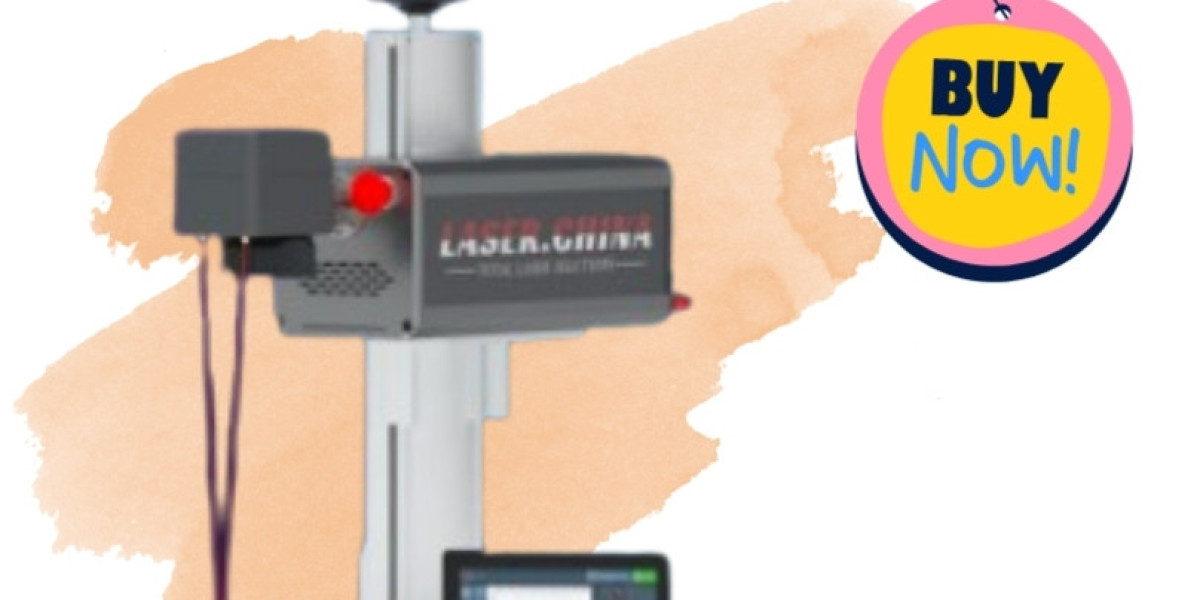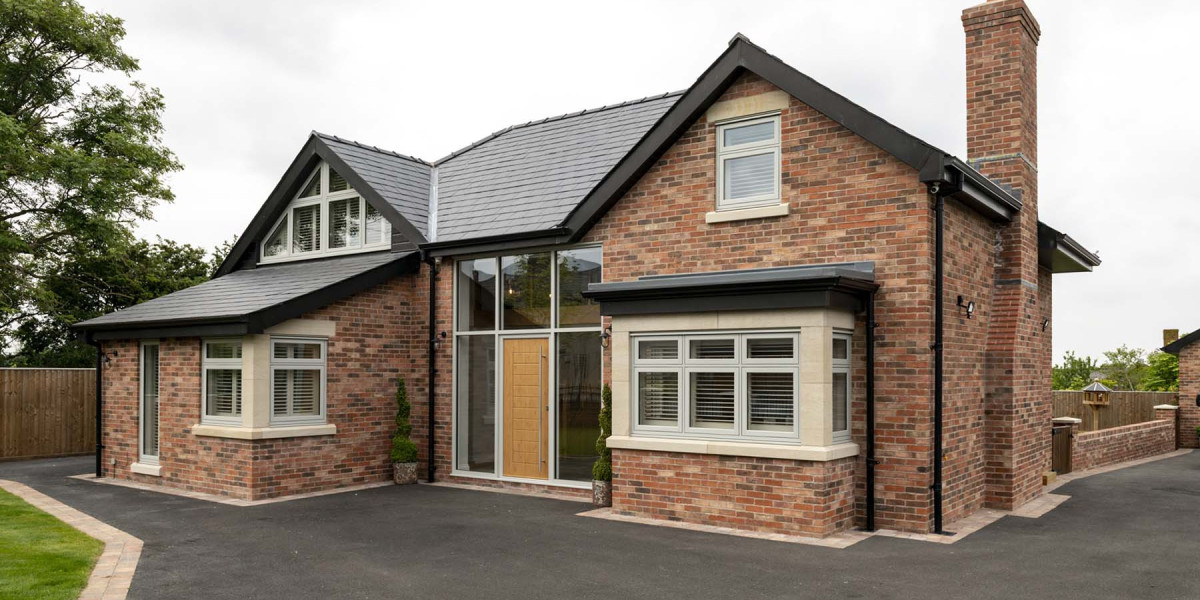Cap boxes are a popular and versatile packaging solution used across a wide range of industries. From retail products and luxury gifts to apparel and promotional items, cap boxes provide a premium unboxing experience while ensuring the product inside is protected and well-presented. These boxes typically feature a base and a separate lid that fits snugly over the top—hence the name "cap box."
In this comprehensive guide, we will explore what cap boxes are, their key features, materials used in their construction, custom design options, and their various uses in today’s competitive market.
What Are Cap Boxes?
Cap boxes, also known as lid and base boxes or rigid boxes with detachable lids, consist of two main components:
The Base: The bottom part that holds the product.
The Cap (or Lid): The top part that covers the base, either completely or partially.
The lid can be full-depth (covering the entire height of the base) or partial (usually covering just the top portion). Their elegant and structured appearance makes them a favorite for packaging luxury and specialty items.
Key Features of Cap Boxes
Elegant Presentation
Cap boxes have a clean, minimalist look that enhances the perceived value of the product.
Often used in high-end packaging for watches, cosmetics, electronics, and gifts.
Strong & Durable
Made from thick cardboard, chipboard, or rigid paperboard, these boxes offer excellent protection.
Ideal for fragile or high-value items.
Customizable
Can be customized with various printing techniques, finishes, and structural features.
Options include embossing, foil stamping, spot UV, and custom inserts.
Reusability
Their sturdy structure makes them suitable for reuse, which adds value and promotes sustainability.
Easy to Assemble
Typically delivered pre-assembled or with minimal setup, saving time and effort during packaging.
Materials Used in Cap Boxes
The choice of material for cap boxes plays a significant role in determining their quality, durability, and appearance. Common materials include:
Rigid Paperboard: The most popular material due to its strength and premium feel.
Chipboard: A cost-effective option with decent durability.
Kraft Paperboard: Eco-friendly and recyclable, great for sustainable branding.
Corrugated Board: For added protection and heavier items.
These materials can be wrapped in decorative papers, textured surfaces, or laminated with glossy or matte finishes to enhance appeal.
Types of Cap Boxes
Full Telescope Cap Box
The lid completely covers the base, offering full protection and a seamless look.
Common in gift packaging and luxury retail.
Partial Telescope Cap Box
The lid covers only part of the base.
Allows a visual preview of the product or branding on the base.
Shoulder and Neck Boxes
Includes an extra inner piece (shoulder) that connects the lid and base.
Offers added strength and a more sophisticated design.
Magnetic Cap Boxes
Combines cap-style structure with magnetic closures for added security.
Used for electronics, tech accessories, and high-end presentations.
Customization Options
Cap boxes offer a wide range of design and branding opportunities. Businesses can tailor these boxes to reflect their brand identity and enhance customer experience.
Printing Options:
Offset printing for high-resolution graphics.
Digital printing for small runs and prototyping.
Flexographic printing for large quantities.
Finishing Touches:
Gloss or matte lamination
Foil stamping (gold, silver, or custom colors)
Embossing/Debossing
Spot UV coating for emphasis
Internal Add-ons:
Foam inserts, cardboard dividers, or molded trays to secure the product inside.
Satin or velvet lining for luxury products.
Eco-Friendly Enhancements:
Soy-based inks
Biodegradable laminates
Recyclable or compostable materials
Common Uses of Cap Boxes
Cap boxes are used in a wide variety of sectors. Their versatility makes them a top choice for:
Apparel & Accessories
Hats, caps, belts, scarves, and ties are often packaged in custom-sized cap boxes.
Jewelry & Watches
Rigid cap boxes lined with velvet or satin enhance the presentation of delicate items.
Technology & Electronics
Used for mobile phones, earphones, smartwatches, and other premium gadgets.
Gourmet Food Packaging
Ideal for chocolates, confectionery, tea sets, and wine gift sets.
Corporate Gifts & Promotional Kits
Makes a lasting impression during events, launches, or holiday gifting.
Cosmetics & Perfumes
Boosts brand image with elegant, secure packaging for delicate glass bottles.
Benefits of Using Cap Boxes
Improves Product Presentation: Instantly elevates the customer’s perception of your brand.
Increases Brand Value: Custom printing and design make your product more memorable.
Protects Contents: The rigid structure reduces the risk of damage in transit or on shelves.
Sustainable Option: With recyclable materials, they align with eco-conscious practices.
Customer Retention: A beautiful unboxing experience encourages social media sharing and brand loyalty.
Conclusion
Cap boxes are a perfect blend of functionality and style. Whether you’re packaging a high-end watch or an artisanal candle, these boxes offer superior protection while enhancing the customer experience. With endless customization options, they can be tailored to suit any brand and product type.






